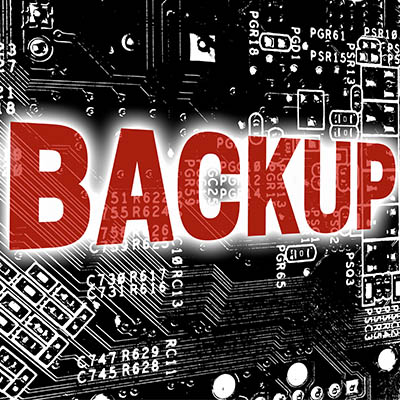
It has reached the point that, if you have a business, you had better have a backup prepared. Otherwise, the digital data that modern businesses like yours rely on is vulnerable to loss. Of course, depending on the age of your business, you may have data that no longer applies to your operations. That’s why we’re going over how to select the data you should continue to back up.
Keeping Your Strategy Simple
One basic strategy to sorting out your data is to backup the files that you can’t feasibly replace otherwise. This simple, yet effective approach could easily save your business… but, why go through the effort of sorting through your data at all?
Seeing as your data is one of – if not the – most important resources that your business has, why not just back up all of it?
This endeavor becomes much easier with the Backup and Disaster Recovery appliance that we offer, as it can easily map out and replicate your data stores. Now, it must be said that not every business generates enough vital data to justify a large investment into a data backup. However, as we mentioned above, today’s threat landscape means that what data you do have needs to be protected.
Your Backup Options
There are several different varieties of data backup for you to consider, keeping in mind what it is you are backing up and when you need those backups to be ready. These backups include:
Full Backups
As you may have gathered, a full backup copies all of your data and configurations and saves them to a single platform, whether that be a NAS (network attached storage) device, a cloud backup, or tape (pro tip: don’t use tape backup).
This has the benefits of offering a comprehensive backup that you need, with quick restoration times for single files or folders. A full restore takes a much longer period of time to complete, and full backups are more expensive due to the greater need of storage space. Any backup strategy will typically start off with a full backup.
Incremental Backups
This kind of backup keeps track of any changes that are made to data, which allows it to be used for data that is continuously updated. The costs of an incremental backup are quite reasonable, making it a good choice (despite not being totally comprehensive) for a business that generates large amounts of data.
Differential Backups
Similarly to incremental backups, a differential backup keeps track of changes that are made between the times that a full backup is run, keeping their backups more up to date.
Mirror Backup
This kind of backup is best for redundancy, as it creates a mirror image of the system that is being backed up. While these backups are the fastest to restore, they also take up the most storage space.
Depending on your business’ particular needs, a backup can be run weekly, daily, or even as frequently as every 15 minutes.
Following the 3-2-1 Rule
The 3-2-1 Rule is a simple way to remember what you need to maintain if you want to keep your data protected enough. Here’s how it breaks down:
- 3 copies of your data
- 2 stored on different media types
- 1 copy offsite
This strategy makes it so your data is both secure, and convenient to you.
To learn more about data backups and best practices concerning them, reach out to NuTech Services at 810.230.9455.
